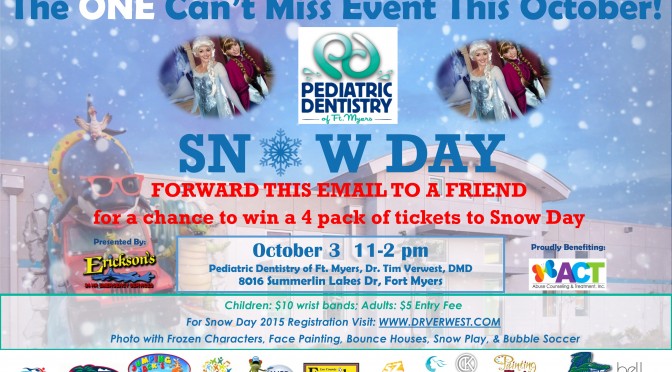Ignorance Not Blissful for Your Children’s Oral Health
“What you don’t know won’t hurt you” is a popular idiom that couldn’t be further from the truth when it comes to personal health. In[…]
Are Sports Drinks as Harmful to Kids’ Teeth as Soda?
While kids play sports in the summer heat, they will be tempted to gulp down large sugary sports and energy drinks to stay cool. Swigging[…]
How to Handle Tooth Trauma
As children head back to school, it is important to remember that dental emergencies can happen any time, any place. According to the 2013 Delta[…]
Are Two Annual Dental Visits One Too Many – or Not Enough?
For decades, conventional wisdom held that certain dental procedures were best practices and were right for all people. You brushed your teeth after every meal[…]
Kids Need to Brush Longer and More Often
Poor and infrequent brushing may be major obstacles keeping children from having excellent oral health and are the areas that cause caregivers the greatest concern.[…]
The Silent Signs of Gum Disease
Diabetes is a pervasive problem in America, a cultural epidemic with wide-ranging and potentially severe consequences. According to the 2011 National Diabetes Factsheet, 25.8 million[…]
Certain Kids Could Benefit From More Fluoride
Fluoride is a mineral that helps teeth become more resistant to decay (cavities). You can help prevent your child from getting cavities by making sure[…]
Five Holiday Treats that May Lead to Ho-Ho-Holes in Your Teeth
Here are five common treats to limit during the holidays: 1. Candy Canes: The problem with candy canes is the prolonged amount of time that[…]
Sealants Critical to Children’s Oral Health
Sealants are plastic coatings that protect those difficult to reach pits and grooves on the chewing surfaces of the teeth from the bacteria that cause[…]

